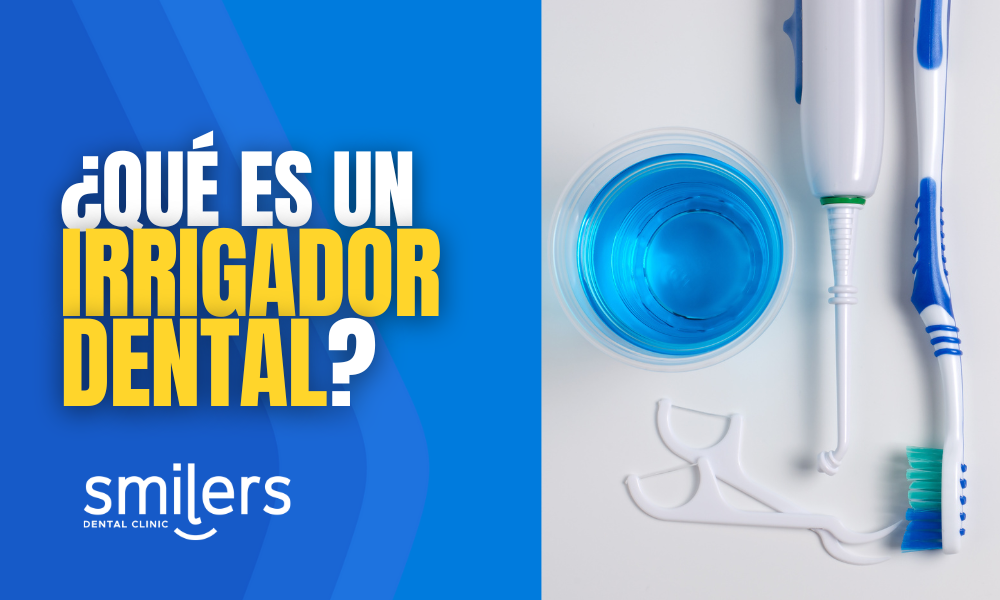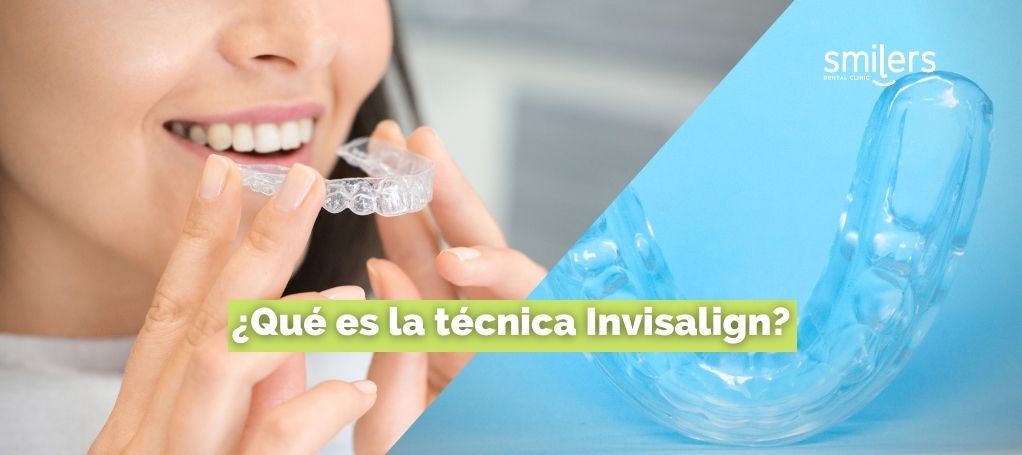Among the many elements used for oral cleaning, the dental irrigator is one of the most recommended alternatives.

Learn more about the dental irrigator
Nowadays there are a wide variety of devices whose main purpose is to help you with dental cleaning. In this sense, we will highlight the dental irrigator as an interesting example that will help us to remove food debris and bacterial plaque that accumulates in the mouth.
What is it?
It is a device that will help us remove food debris that remains between the teeth and gums, which works through a jet of pressurized water .
While it is true that the use of the dental irrigator is ideal for any area of the mouth, it is advisable to pay more attention to those areas that are not too accessible for the toothbrush, such as, for example, the molars.
To understand the importance of the irrigator, we must consider that, thanks to the action of pressurized water, we can reduce the accumulation of tartar, so it will not only benefit the teeth, since the positive effects will also benefit the gums and the rest of the periodontal tissues.
Another interesting feature related to this device is that you can choose between different dental irrigators, so you will have it easier to choose the alternative that best suits your needs.
What is its function?
As we have already mentioned in the previous point, the main function of a dental irrigator is to remove food debris that we have not been able to eliminate through brushing.
Another interesting detail related to this device is that it is very easy to use, so you will have no problem enjoying the multiple benefits offered by the irrigator.
We must not forget that, through optimal dental cleaning, we can avoid the vast majority of oral diseases such as caries or gingivitis. In addition, you can avoid halitosis, a very annoying pathology that could cause numerous problems in your daily life.
When should I use a dental irrigator?
You can use it after each toothbrushing, although it is estimated that it is sufficient to use it once a day. However, it is important to clarify that the use of this device should not be substituted for toothbrushing or flossing. dental floss It is a complementary process.
It is an ideal choice for anyone, especially for patients who have difficulty brushing their teeth. In addition, it is ideal for patients with:
- Orthodontics
- Dental Implants
- or suffering from periodontal disease
Advantages?
Those who have halitosis problemsshould consider the oral irrigator as one of their best allies to put an end to this unpleasant situation. In addition, another reason why the use of this device is recommended is that it will help us to avoid the appearance of dental stains.
Disadvantages?
Fortunately, there are not many disadvantages to the use of oral irrigators. Perhaps one of the most common problems is that some patients replace toothbrushing , which is a mistake we should avoid, since both brushing and flossing are essential processes in our daily oral hygiene routine.
It is true that there are examples that have very economical prices, however, it is very possible that they are not effective, since, as a general rule, the jet is not usually intense and we will not get a deep cleaning.
However, it is not advisable to apply too high a level of pressure, as this could damage the gums.
Correct steps to use a dental irrigator?
Now it is time to explain how to properly use an oral irrigator. Although it is true that it is very common to use this device after brushing, it should be noted that it is preferable to use it before brushing your teeth, since we can remove food debris before brushing.
- The first step in using an irrigator is to fill the water tank, and it is recommended that the water be warm.
- In addition, it is advisable to add a little mouthwash for a more effective cleaning.
- Next, we will have to choose the pressure level of the jet and, in this sense, it is preferable to opt for a medium level, since if it is too low we will not achieve its cleaning effect, while if the level is too high we run the risk of damaging the gums or the enamel of the teeth.
- Now we will have to place the mouthpiece and insert the irrigator in the mouth, with the particularity that it is preferable to leave the mouth half open in order not to splash too much. For better control, it is advisable to start on one side of the mouth and aim at the teeth and gums at a 90º angle.
- Remember to follow the gum line.
Once we have finished the process, it is necessary to empty the reservoir, as well as to clean both the mouthpiece and the irrigator. This process, which must be carried out after each use, is essential to maintain the hygiene of the device.
Conclusion
The use of the irrigator is really simple and intuitive. Considering the many advantages it offers and the simplicity of its use, it is not surprising that this is a device that is becoming increasingly important in the oral hygiene sector and everything indicates that this trend will continue to grow in the near future.
This post is purely informational and does not replace a consultation with the dentist in any way. Contact the smile agents team to schedule an appointment with one of the dentists at Smilers Dental Clinic.


